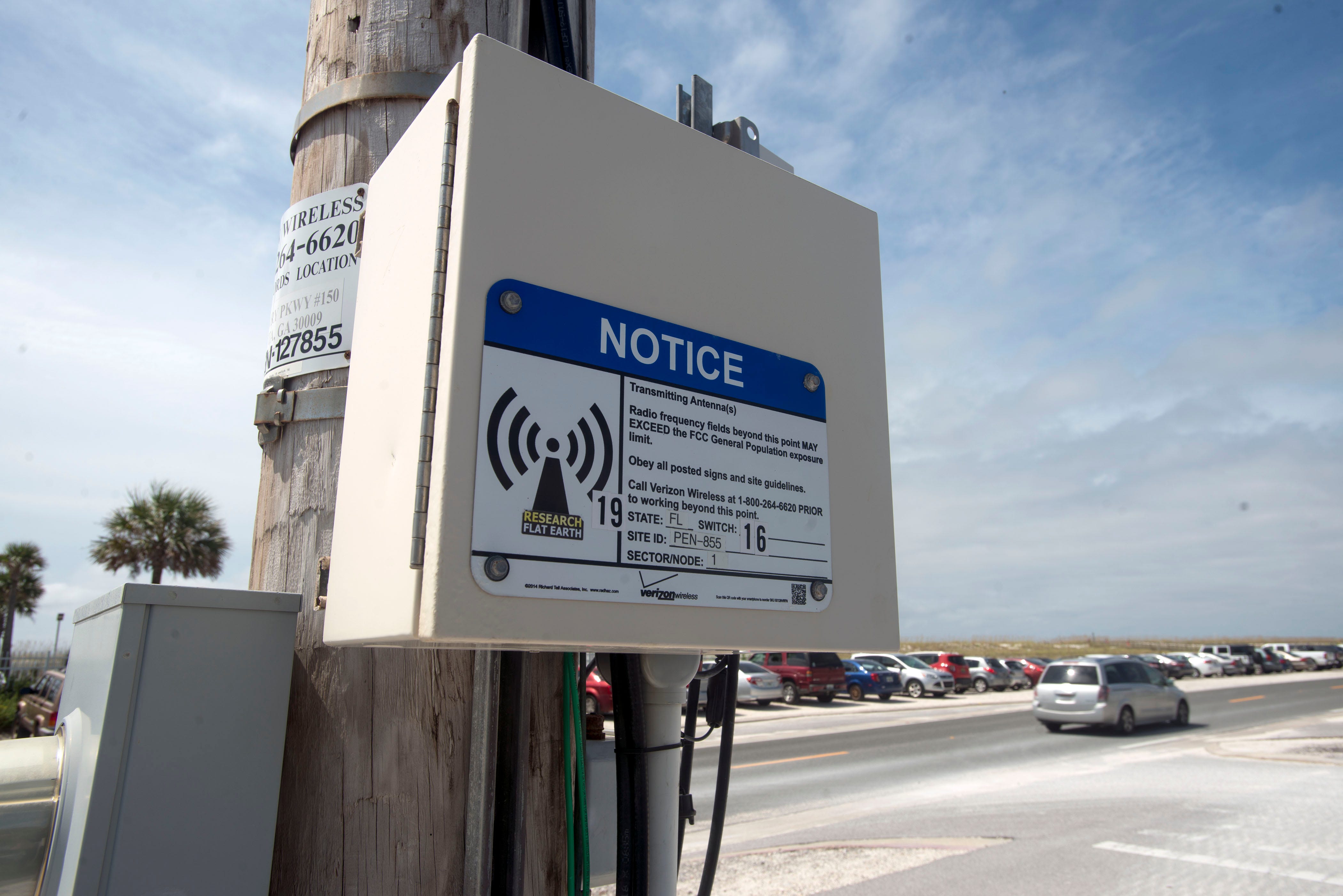Are usually safest distance from your 5G cell Tower system?

If you've ever been through a town, you may have seen tiny mini 5G cell towers on the poles of street lights. They look like little boxes, but they're actually broadcasting wireless signals from cellular providers to your mobile.
what is a safe distance from a 5g cell tower are replacing larger built cell towers. While they're less noticeable but they can still create problems for those who live nearby.
It is the Federal Communications Commission's Radiation Exposure Thresholds
The FCC's Radiation Exposure Thresholds establish the safe distance that a person can be exposed to electromagnetic energy generated by wireless devices. The exposure limits are based on research that prove that electromagnetic energy can be harmful to human health.
The rate of absorption called the specific absorption rate (SAR) is a measure of the radiofrequency energy absorbed by tissue. It is typically 1.6 Watts per kilogram averaged over one Gram of tissue.
But, since 5g operates at higher frequencies, it has the potential to increase the intensity of energy on the skin and other exposed body parts. This could lead to a wide range of possible harms, like the development of skin diseases like dermatitis, cataracts, and skin cancer.
Due to the possible harmful effects of radiation from 5G, PSU has chosen to create a general maximum power density of four mW/cm2 measured over 1 cm2, but not to exceed 30 minutes, for all 5G services running at 3000 GHz. This localized limit is in accordance with the peak SAR that is spatially averaged at 1.6 W/kg averaged over 1 5 grams of body tissue, at 6 GHz.
The FCC's Maximum Exposure Thresholds for Maximum Exposure

If you've ever used a mobile phone, then you're aware that a safe range from the tower should be at least 400 meters away. This is due to the power of the transmission of a cell tower increases dramatically the farther the tower is.
While this sounds like a good idea however, people who live close to towers might be more susceptible to health issues. For example, a study from 2014 in India discovered that those who lived within 50 meters of cell towers experienced significant more health issues than those who were distance from them.
But, the study found that people who moved to areas that were further from cell towers noticed their symptoms return to normal within a couple of days. what is a safe distance from a 5g cell tower have also shown that exposure to high levels of radiofrequency electromagnetic fields (EMFs) can lead to brain tumors, cancers, and other health problems.
This is due to the fact that RF radiation, which is utilized in wireless communication, can penetrate the human body's outer layer, the skin. It is crucial to know since the skin serves as a barrier to protect against injury to the body, infection caused by pathogenic microorganisms and infiltration of toxic substances. It is also the most important organ of the human body. It is accountable for protecting other organs.
The FCC's Minimum Exposure Thresholds for the Minimum Exposure
The FCC's Minimum Exposure Thresholds are based on several assumptions that aren't supported by scientific research. safe distance from cell tower includes the false assumption that exposures of a short duration to RF radiation are safe because of the minimal absorption into body (i.e., tissue heating).
The assumption also ignores the deeper penetration of the ELF components of modulated RF signals as well as the consequences of brief bursts of heat from pulsed RF waves. These assumptions are not in line with current knowledge of the biological effects of RF radiation. As such, they should not be considered for health protection exposure standards.
In addition to that, ICNIRP and FCC limit their maximum limit of exposure to the local SARs that are based on the maximum frequency of absorption (psSAR), which can be described as an inadequate dosimetric tool to assess the amount of exposure to RF radiation. Particularly, psSAR is inaccurate for frequencies above 6 GHz. Furthermore, psSAR has not been tested for RF radiation exposed to other environmental agents , such like sunlight. In the event of interactions, RF radiations with different environmental agents may produce synergistic or antagonistic impacts. This could result in an increased risk of negative health consequences. For example, co-exposure to RF radiation with sunlight may raise the chance of developing skin cancer and exacerbate other skin disorders, such as acne.
